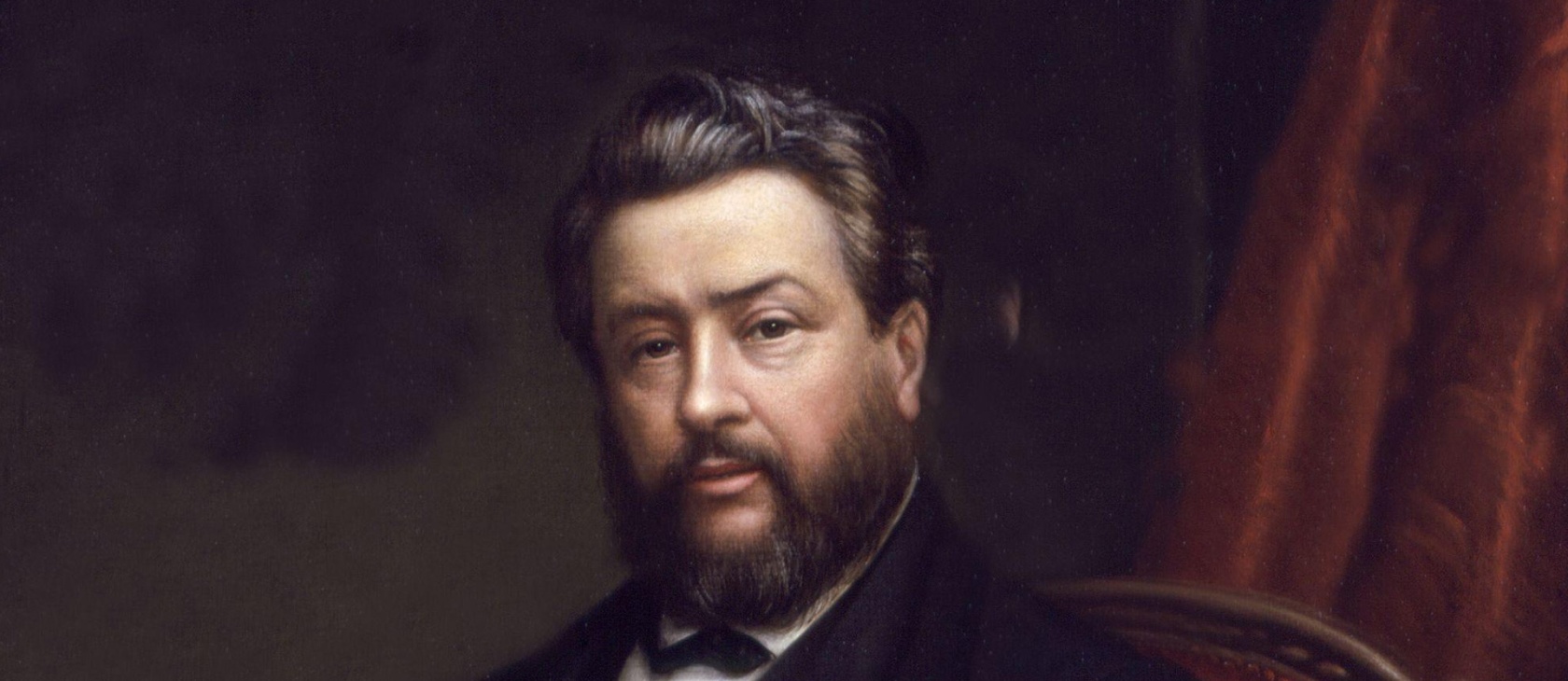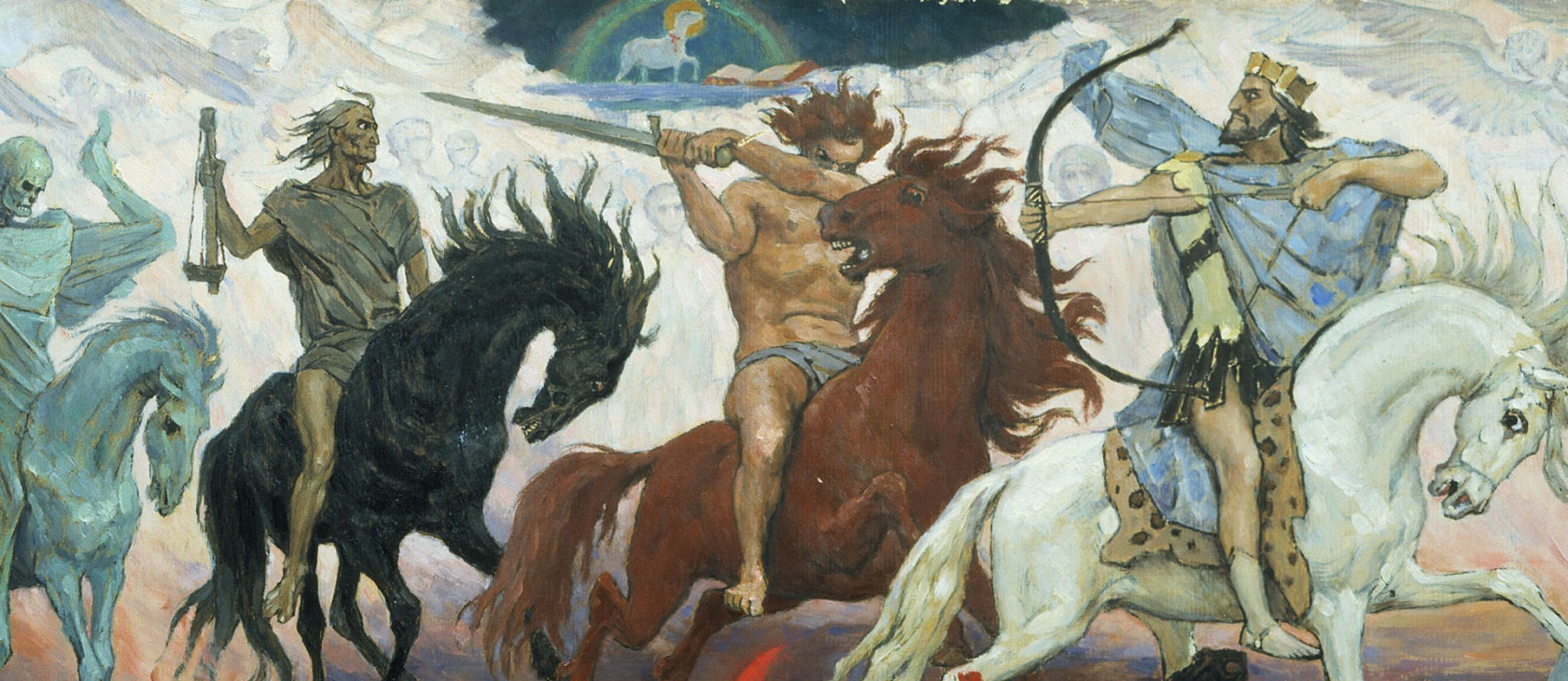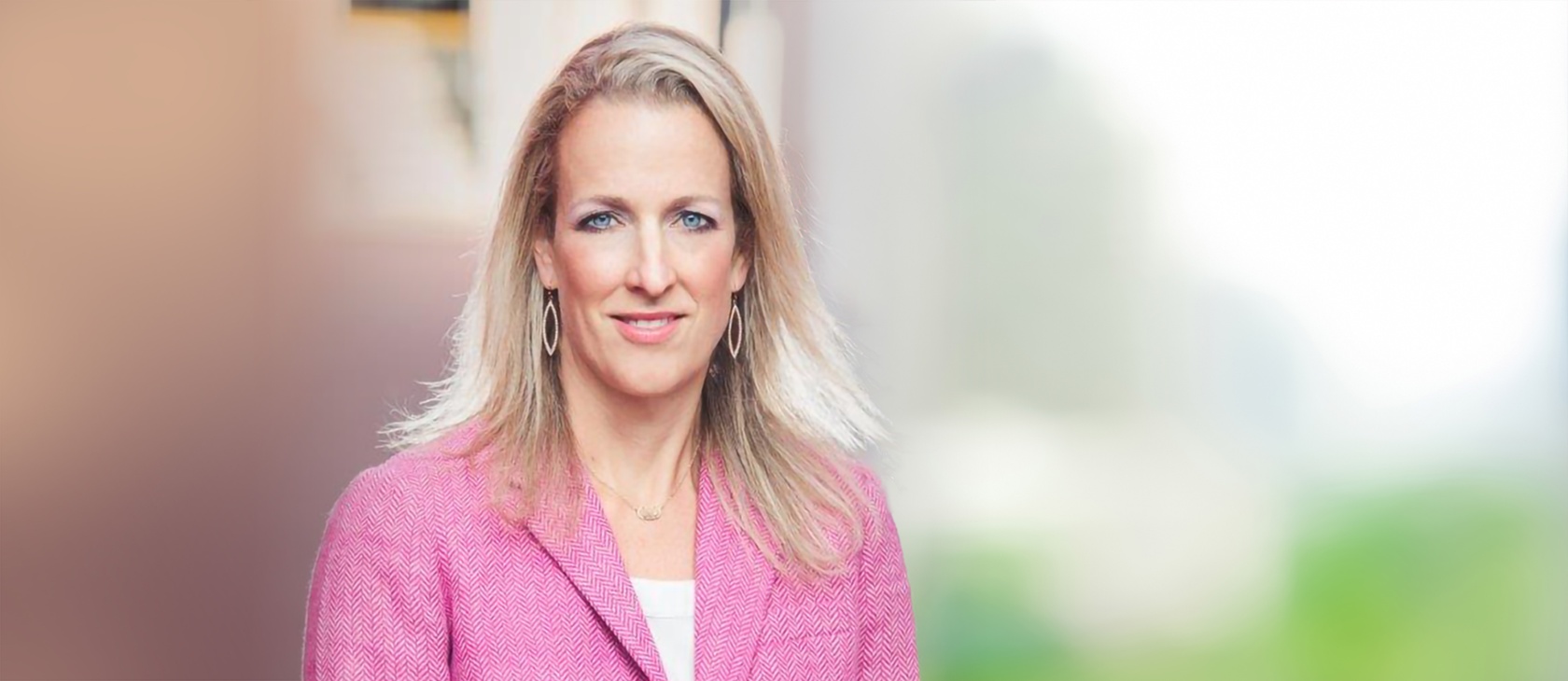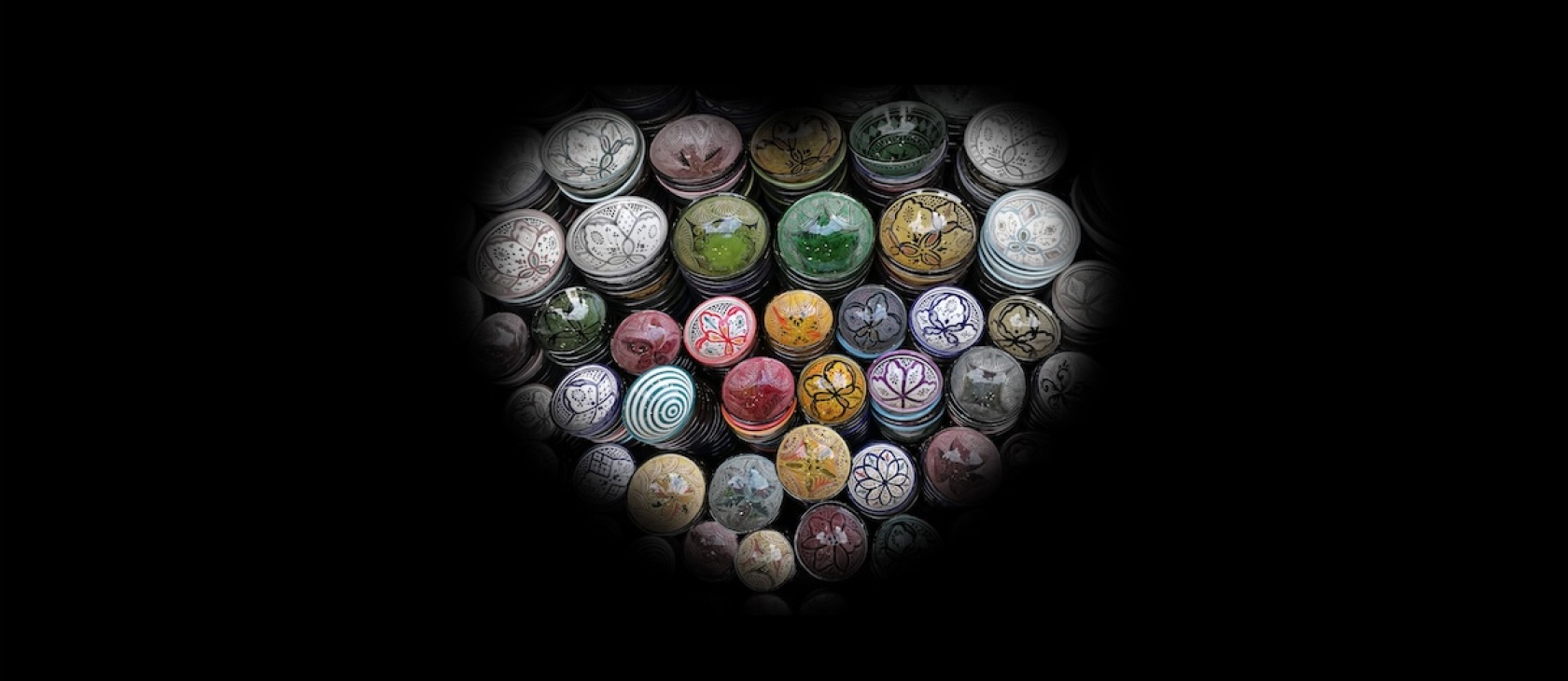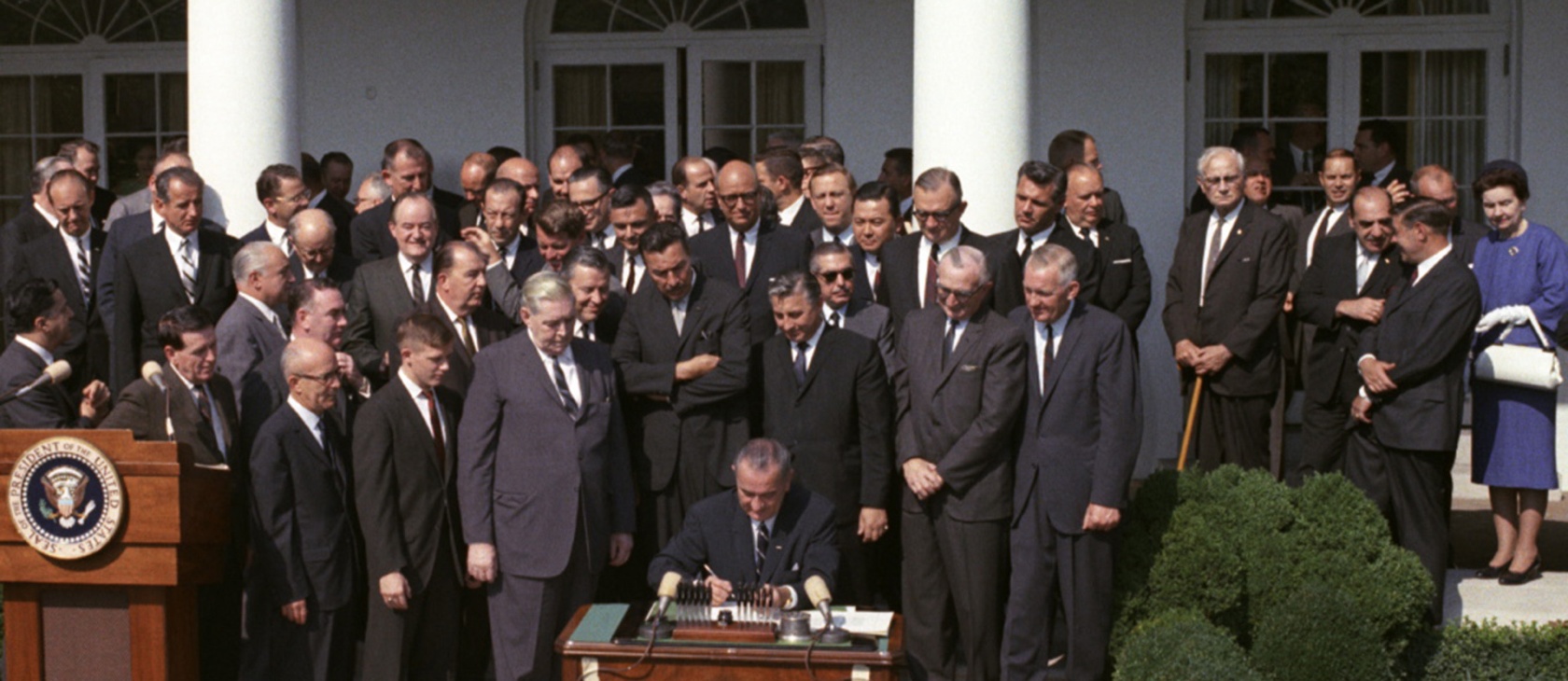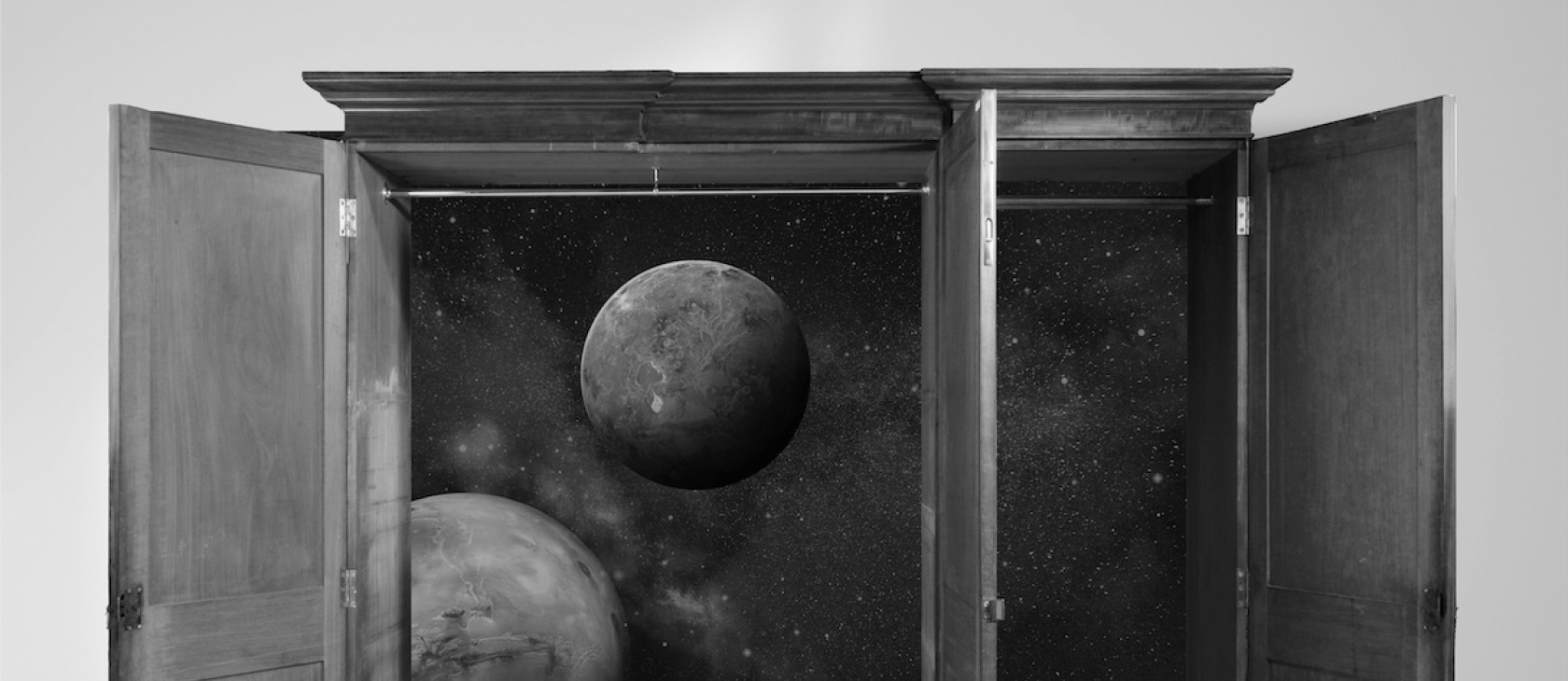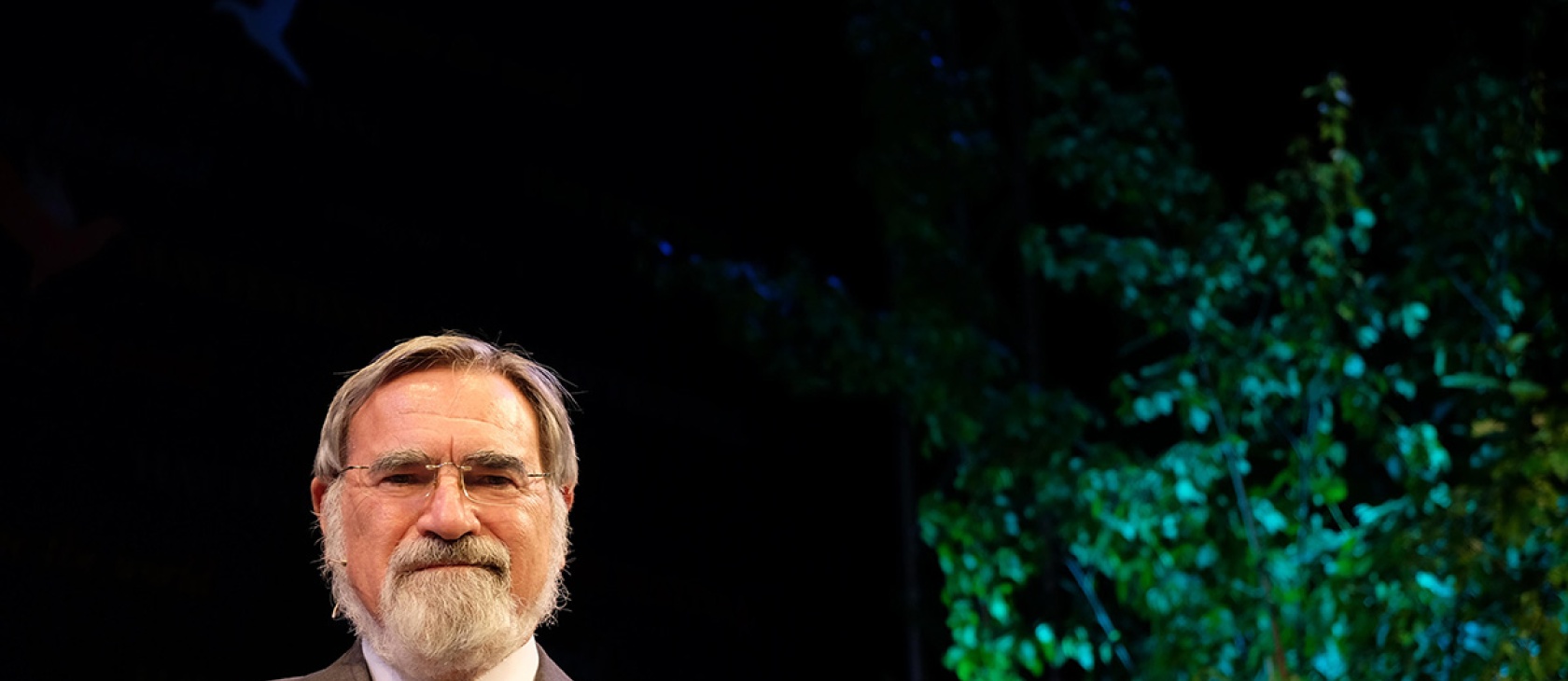


Apocalyptic and dystopian myths today are different from the ones we used to have. The dystopian stories of yesteryear were tragedies—dark cautionary tales with unhappy endings. In The Planet of the Apes, Charlton Heston’s character discovers that the dystopian world ruled by apes he’s been trying to escape was actually Earth all along. Brave New World, 1984, and Animal Farm all end with the dictatorships and dystopian worlds they portray either triumphant or replaced with new ones.
But something changed—slowly at first, but in full force by the 2000s. Now, books and movies about dystopian futures have become heroic fantasies where good triumphs over evil. The Hunger Games, The Matrix, V for Vendetta, A Quiet Place, Divergent, Mad Max: Fury Road, Ready Player One, The Maze Runner, Blade Runner 2049.
This year has been an especially big year for dystopian-apocalypse blockbusters. A24’s box office and critical hit Civil War imagines a near future where America is engulfed in a modern-day civil war that turns it into a war-torn, third-world country. Box office and critical hit Kingdom of the Planet of the Apes imagines a future where humans have been replaced by apes as the dominant species. Critical hit Furiosa envisions a civilization destroyed and replaced by bands of warlords. A Quiet Place: Day One—which opened with a franchise-best opening weekend at the box office—shows humans reduced to a humble existence to avoid aliens who find their prey with super-sensitive hearing. The upcoming Borderlands puts us in a desolate world run by mercenaries and soulless corporations. With so few superhero movies out this year, apocalypse movies are at the forefront of the summer blockbuster season. (And on TV, Fallout is a huge success for Amazon Prime.)
What’s particularly fascinating is how many of these movies are wish-fulfillment fantasies for modern-day anxieties. Civil War features heroic journalists dedicated to telling the truth, not propaganda, regardless of the cost to themselves. The despotic American president is beaten by the heroic American rebel forces. This answers our modern anxieties around journalistic activism and media propaganda, as well as fears of politicians (on either side) becoming dictators.
Kingdom of the Planet of the Apes follows Noa, the son of a tribal ape clan’s chief who wages a successful rebellion against a tyrannical ape named Proximus Caesar, who’s modeled himself after Roman Caesars. The film ends hopefully, both because Noa frees his people and because they are free of humans, who enslaved them in their past. And yet, the movie also ends hopefully for humans, who gain the technology to reconnect with other surviving humans around the world. This answers anxieties both about our imperialism of the natural world and native peoples (hence the movie’s stars saying they would be “Team Ape”), and about our humanity’s own future (hence an ending more hopeful than the conclusion of the original Planet of the Apes).
A Mad Max prequel, Furiosa follows a young woman who is kidnapped by warlords and has to survive long enough to gain vengeance on her captors and return home to her beloved “green place.” This film, like Mad Max: Fury Road, answers our anxieties about male oppression of women. The movie features an idyllic “green place” where women are free and strong (even possibly dominant). When Furiosa is kidnapped, her mother is so powerful it takes many dozens of the bad guys to finally overcome her. Furiosa is then able to use her guile and determination to build herself into the person eventually able to kill her kidnapper and save other women in captivity.
A Quiet Place as a franchise was always a wish-fulfillment fantasy for its fans, featuring a close-knit family with traditional gender roles, which can defend itself from monsters with their guns and wits. A Quiet Place: Day One also ends hopefully, with one protagonist getting away from the monsters while the other gets to die on her terms—something, as a terminal cancer patient, she wasn’t able to do before the monsters came.
On the face of it, setting wish-fulfillment fantasies that address these social problems in dystopian apocalyptic settings feels a bit counterintuitive. Dystopian worlds are … well, dystopian for a reason. All the problems we have in our modern society tend to be even more severe in dystopian ones. We have problems with journalistic integrity, but it’s harder to have journalistic integrity in a world like Civil War when having the wrong opinion can literally get you shot. We have problems with sexism in our modern world, but it’s harder for women to overcome it in a society like Furiosa’s where your ability to get justice is based so heavily on physical strength. It’s harder, not easier, for a small tribe to get justice against a bigger tribe when “law of the jungle” reins and when the bigger tribe’s values are based on Roman imperialism rather than on a society based Judeo-Christian-Enlightenment tradition. Dying of cancer sucks, but a lot more people die in a society like A Quiet Place: Day One.
One could reasonably argue that’s the point. Showing a society at its worst can be a way to see good and evil more clearly, and therefore make triumph over evil more satisfying. As Jeff Bridges said about people in Starman: “You’re at your best when things are at their worst.” Since traditionally apocalypse movies are about “unveiling” what the world is really like through an end-of-the-world scenario that shows the fragility of our present society, these stories might simply be narrative expressions of Starman’s observation.
And yet, that’s not quite what these new movies do. The heroes largely triumph over evil in these movies—not despite the dystopian circumstances—but because of them. The apes are able to be free in Kingdom precisely because the humans have been all but wiped out. Noa and his tribe are able to beat the bad guy because justice is based on who’s the biggest and the strongest. Furiosa is able to get her revenge because justice is based on who’s better at killing the other person. Sam is able to die on her terms in A Quiet Place: Part One because she’s free of the institutions telling her what to do. Ironically, these post-apocalyptic movies often treat their worlds as freeing us from the dystopia we’re already in.
The obvious problem with seeing more hope in dystopian futures than we do in our own society is that you’re more likely to try to create dystopia.
The idea that we live in a dystopian society is not as surprising. Although most experts agree that the world is getting better based on the majority of metrics (poverty, global murder rate, childhood mortality, literacy, political freedom, racism, sexism), there is a steady drumbeat of media telling us that we already live in a dystopian hellhole. I’ve written elsewhere about how Hollywood has served us a steady diet of movies since the late 90s sending the message about how we live in a dystopian society that must be overthrown in order to find freedom and justice. This includes movies like Fight Club, The Matrix, nearly every Marvel movie, James Bond movies, the Mission Impossible movies, and the God’s Not Dead franchise in the faith-based space, the global phenomenon that was Barbie for feminists, and more. And social media constantly bombards us with news that tells us how bad the world is, because that’s what the algorithm says holds our attention. This is one reason why smartphones are contributing to skyrocketing rates of depression and anxiety, as Johnathan Haidt has pointed out in his new book The Anxious Generation. The online world is incentivized to make us feel like the world is awful, and we are spending so much more time now in the online world than we are in the real one.
The view that we must live in a dystopia because we’re so unhappy is so complete that it is changing our language. TikTok’s “etymologynerd,” Adam Aleksic, described it this way:
I think one of the most defining features of Gen Z slang is our generally pessimistic attitude toward the future. There’s a lot of talk of “rotting” when we talk about “bedrotting” or “brainrot.” And then there’s the apocalyptic language when we talk about “doomers” or “doomscrolling.” This overall attitude of “it’s over” is echoed through the proliferation of dystopian or fatigued language: “I’m dissociating,” “I’m checking out,” “I’m spiraling.” But here’s the thing: this widespread perception that society is somehow declining or getting worse is very different from previous generational attitudes. If you look at flapper slang from the roaring 20s it was overwhelmingly positive. People were drinking “giggle juice” and talking about funny things like “the bees knees” or “the cat’s pajamas.” No one was saying things like “kms” or “everything sucks” or “I want to die.” They were excited because they felt optimistic about themselves and society was trending in a positive direction. Which, if you think about it, is pretty ironic. We have a much better standard of living today than we did in the 1920s. And it’s like we want to return to that era with our emphasis on “cottagecore” and nostalgia and tradwives.
Yet the reason apocalyptic stories are so attractive in our modern world is not so simple as “the phones are brainwashing us.” After all, as Jean Twenge has pointed out, the rise in depression and anxiety has been going on at least since the silent generation.
Here again, Adam Aleksic hits on an under-discussed reason for the feelings that drive young people to see apocalyptic worlds as more hopeful.
I think a large part of this angst is the feeling that we don’t control our own narratives anymore. Everything’s run by big political or corporate forces. It’s out of our hands. We can’t do anything to stop global warming or the constant school shootings. So it’s no wonder we’re stuck in this pervasive sense of catastrophe fatigue.
Apocalyptic movies feel more hopeful because they give us the sense that, if the big forces that run our lives today were somehow all wiped out, we could actually control our fate and make a positive difference in the world. And it’s true, in part. The happiest people are the ones who build their own lives and invest in tight-knit interpersonal relationships, their community, and their faith. By removing many of the barriers to those things in their dystopian worlds, apocalypse movies do recreate a life that has more meaning.
The thing is, you don’t need to destroy society to create a meaningful life for yourself. You can choose to build a better life. And the obvious problem with seeing more hope in dystopian futures than we do in our own society is that you’re more likely to try to create dystopia. If you think democracy is dead, you are more likely to storm the capitol or try to replace it with a tyrannical Christian Nationalism. If you think were under threat of fascism, you might try assassinating a presidential candidate.If you think our society is systemically racist and sexist, you will burn the cities with riots and tear down the institutions. If you think meritocracy is white supremacy and male privilege, you will hire doctors based on race and gender instead of merit, and more people will die. These attempts to tear down what we have come from the belief that what we have is bad, and therefore it’s worth destroying it to have something better. This would be risky even if their analysis of the world was true. But bringing on the apocalypse when the society we live in is actually pretty good is madness.
A Quiet Place: Day One is particularly troubling as a myth of our modern age since it shows the contrast between the old world and the new one, and its wish fulfillment in the new one is death. Sam (played brilliantly by Lupita Nyong’o) is a terminally ill cancer patient who sees no hope for her future, and who can’t make poetry anymore. It’s only by going on her adventure—just to eat pizza one more time—that she finds her ability to write poetry, and herself, again. But when she does, she doesn’t try to save herself from the monsters, or even die to save someone else. She willingly lets herself get eaten just to have the pain go away.
There are signs that people are responding to better stories that offer more true sources of hope for our future. The highest-grossing film of this year so far wasn’t an apocalypse movie, but a little animated Pixar film called Inside Out 2. The film follows young Riley—whose emotions are personified as people who live in Riley’s head—as she becomes a teenager. New emotions move into her mind to try to help Riley navigate an increasingly complex world. When Riley learns that her friends are switching schools next year, her inner “Anxiety” takes over in an effort to protect her, but it turns out that anxiety-driven choices aren’t always the best ones. By learning to take responsibility for her inner world and personal choices, rather than trying to control the world around her, Riley is able to pull the pieces of her life together again.
Apocalyptic fantasies teach us to pine for a world where the progress we’ve made is undone, putting that progress at risk. It’s time to fight back against those fantasies, both in the stories we tell, and the lives we live.
